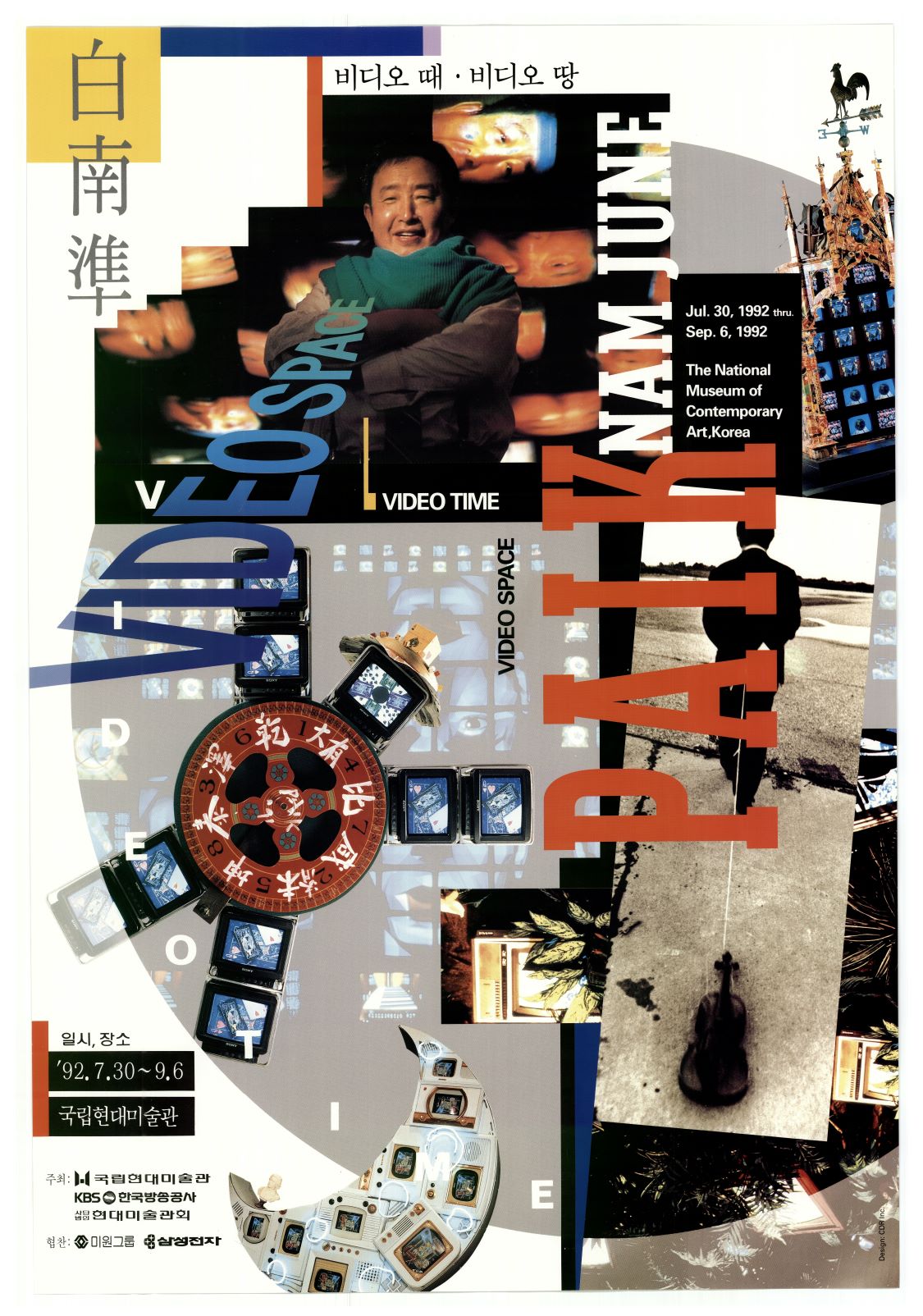
Paik Nam June· Video Time · Video Space, Poster, 1992, MMCA Art Research Center Collection
Paik Nam June· Video Time · Video Space
* Source: MMCA
Related
-
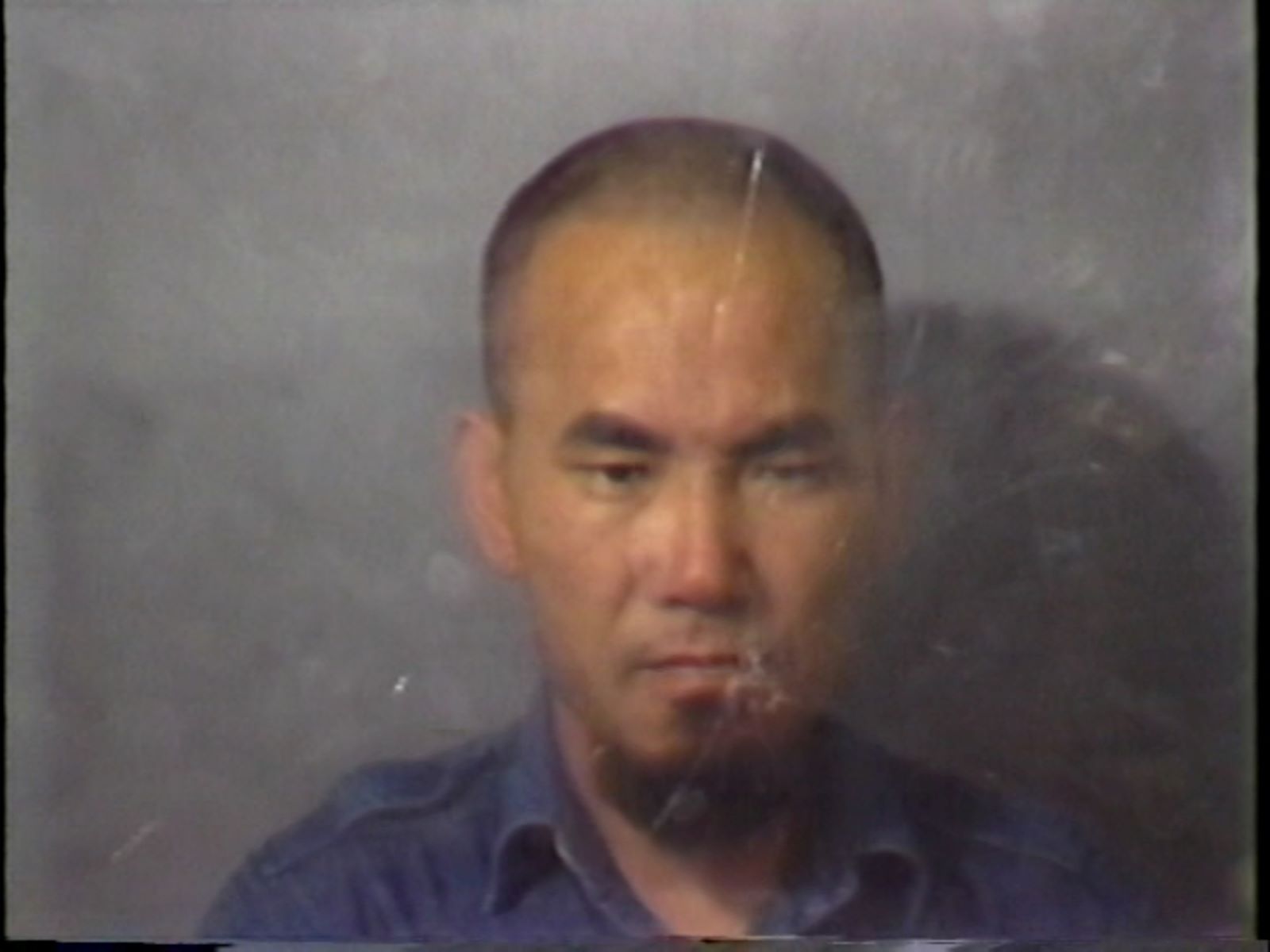
Video art
A genre of modern art that uses video as a medium. After Paik Nam June created the first works of video art in 1963, the genre spread internationally. Video art explored new artistic possibilities using advanced technology and embodied a rejection of conventional art media. Video art was quick to drawn critical attention because of the relative immediacy that underlies the creation and display of such works, and the efficiency of the medium as means to portray and interlink a large number of images. Following Paik Nam June ’s early experiments with TV monitor installations in the 1960s, in the 1970s new forms of work emerged that combined video and performance art.
-
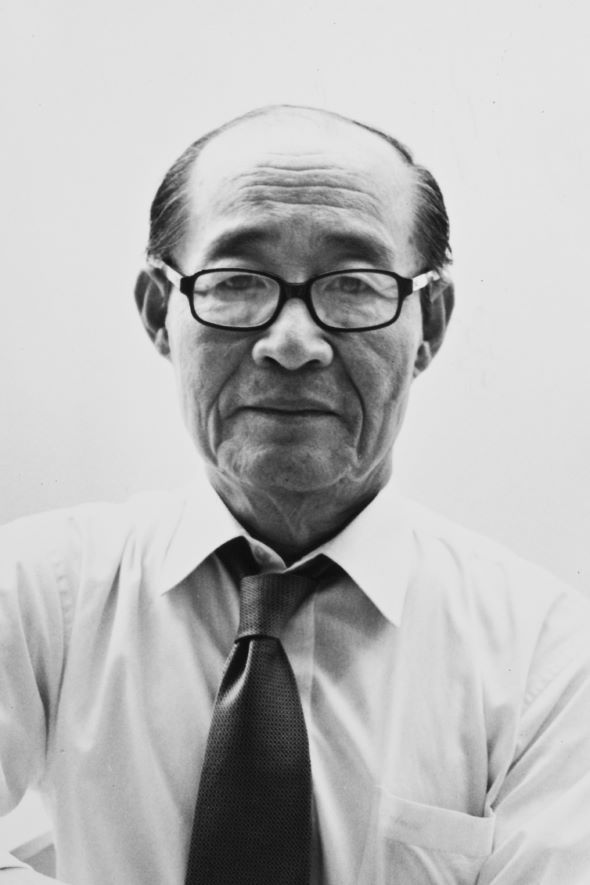
Yu Jun-sang
Yu Jun-sang (1932-2018) was a founding member of the Korean Art Critics Association [Hanguk misul pyeongnonga hyeophoe] along with Lee Yil and Oh Kwang-su. He has worked in various fields as a curator, educator, and art museum director. After graduating from the College of Commerce at Seoul National University in 1954, Yu moved to France in 1956 and pursued a Ph.D. in business administration at the University of Paris (Université de Paris) before dropping out. He studied painting at the Académie de la Grande Chaumière and audited the history of Western modern and contemporary art at the Liberal Arts Department of the University of Paris. After returning to Korea, he taught art theory courses at Hongik University, Seorabeol University of Arts, and Ewha Womans University. As an art critic, he served as president of the Korean Art Critics Association from 1972 to 1982. Yu participated in the selection of artists representing Korea for the exhibition of Contemporary Korean Painting held at The National Museum of Modern Art, Tokyo in 1968, and Korean Contemporary Art: 1957–1972 held at the Myeong-dong Gallery in 1973. He was head of the curatorial department at the National Museum of Contemporary Art, Korea (now MMCA) from 1986 to 1992 and as director of the Seoul Museum of Art from 1999 to 2002. He also laid the foundation for Korean art criticism by assuming charge of editing the magazines Hyeondae Misul of Myeong-dong Gallery in 1974 and Sun misul of Sun Gallery from 1979 through 1983. His publications can be divided into those that attempt a conceptual or aesthetic approach and those that discuss the works of other artists. The former include Korean Contemporary Art 12: Stylization of Korean Sentiments (Hanguk Ilbo newspaper company, 1977, 82–108) and “Prospects and Possibilities for Computer Art: A Focus on Patterns of Perception and Artistry” in Beyond Modernism (Yesul jisik, 1989, 298–315). Among the artists that Yu addressed with interest were Rhee Seundja, Kwon Jinkyu, Quac Insik, Moon Shin, Nam Kwan, Kwon Okyon, Kim Whanki, Chang Dookun, Lee Seduk, Han Mook, Moon Hakjin, Park Hangsup, Choi Youngrim, and Kim Sechoong. Yu was particularly interested in the generation of artists who had received art training before Korea’s liberation from Japan as well as those who had lived in France.
-
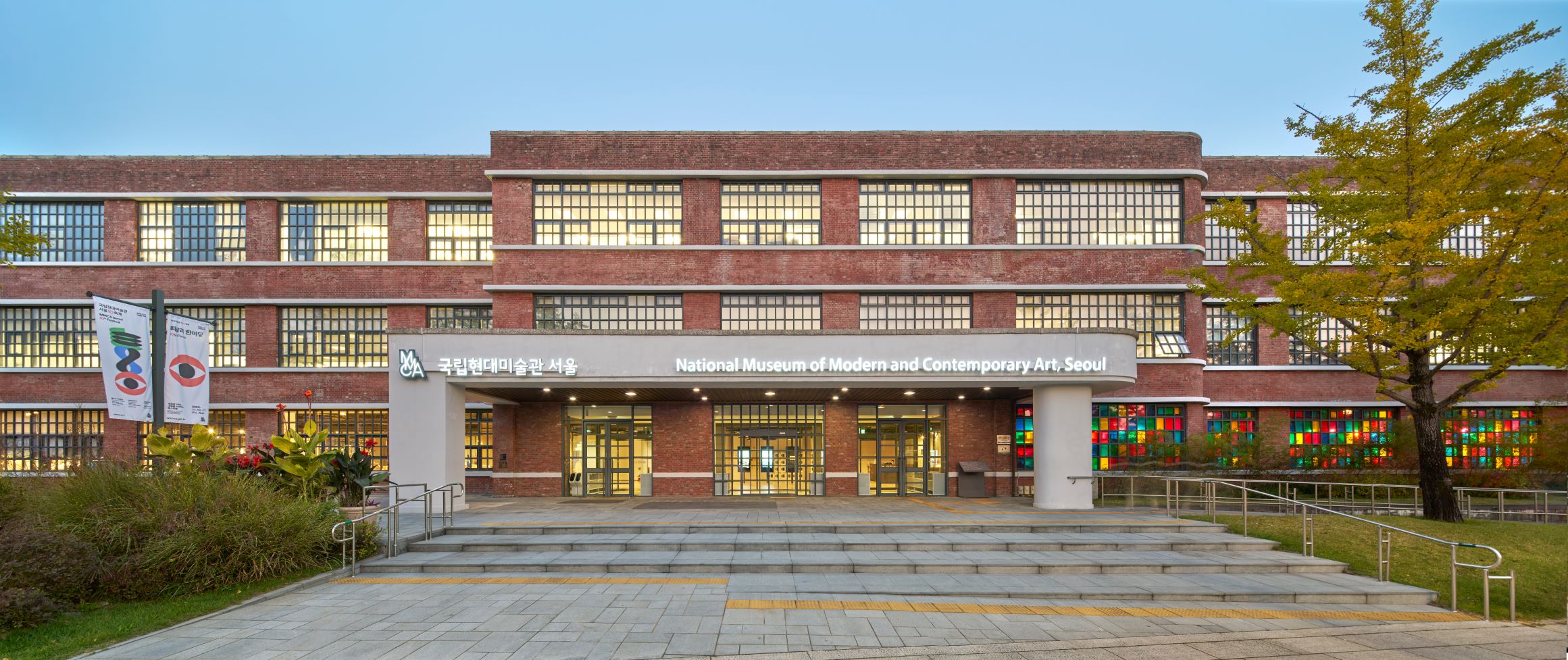
National Museum of Modern and Contemporary Art, Korea (MMCA)
A national museum established in 1969 that researches, collects, and exhibits modern and contemporary art. As of 2018, there are branches in Gwacheon, Deoksugung, Seoul, and Cheongju. When first established, the National Museum of Modern Art (now MMCA) was located within Gyeongbokgung palace. In 1973, the museum moved to the East Wing of the Deoksugung Seokjojeon building. Then, in 1986, the museum moved to its current location in Gwacheon, to occupy a new building equipped with an outdoor sculpture exhibition space, and has since opened a new chapter in Korean art. The perceived need for a space to focus specifically on Korean contemporary art led to the establishment of further site, the National Museum of Contemporary Art, Deoksugung in 1998. In November 2013, a further demand for contemporary art exhibitions led to the establishment of another Seoul branch being created in the Defense Security Command building in Sogyeok-dong, Jongno-gu, which has since its inception engaged in multifaceted exhibitions of both domestic and overseas contemporary art. Also, as a further component of the MMCA complex, a disused tobacco factory in Cheongju was remodeled to provide a home to the National Art Storage Center.
Find More
-
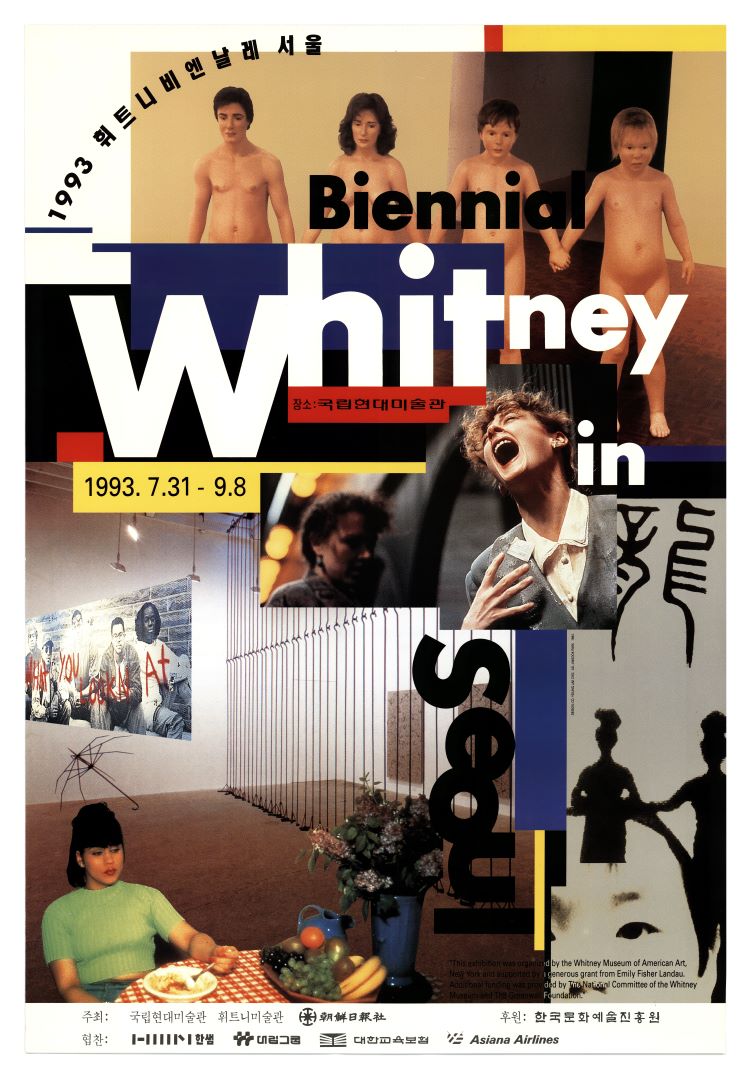
1993 Whitney Biennial in Seoul
An exhibition held from July 31 to September 8, 1993 at the National Museum of Contemporary Art, Korea (now MMCA), which was a travelling show of the New York, Whitney Biennial. The Seoul exhibition was the first Whitney Biennial exhibition to be held outside of the United States. The Whitney Biennial, which was held from March 4 to June 20, 1993 at the Whitney Museum of American Art, chose the topic of “cultural diversity” and focused on art based on categories of identity—race, culture, gender, and region. In terms of the different types of art, the exhibition included numerous installations, as well as video and film. The National Museum of Modern and Contemporary Art stated that they hosted the Whitney Biennial to “explore a new possibility of expression for art,” because the exhibition “expressed the contradictions, discord, and prejudices of modern American society from a very sincere and forward-looking perspective.” However, the Seoul and New York exhibitions were slightly different in their construction. The New York exhibition featured 82 artists and 150 works of art, while the Korean exhibition featured 61 artists and 107 works of art. In consideration of transportation costs and difficulties, the larger artworks of Charles Ray and Gary Hill were replaced with other artworks, and the work of artists such as Nan Goldin and Cindy Sherman was also excluded based on the judgment of the museum concerning “Korean sensibilities,” which caused a controversy over censorship. The shocking style and themes displayed within the artworks had a significant impact on Korean art.
-
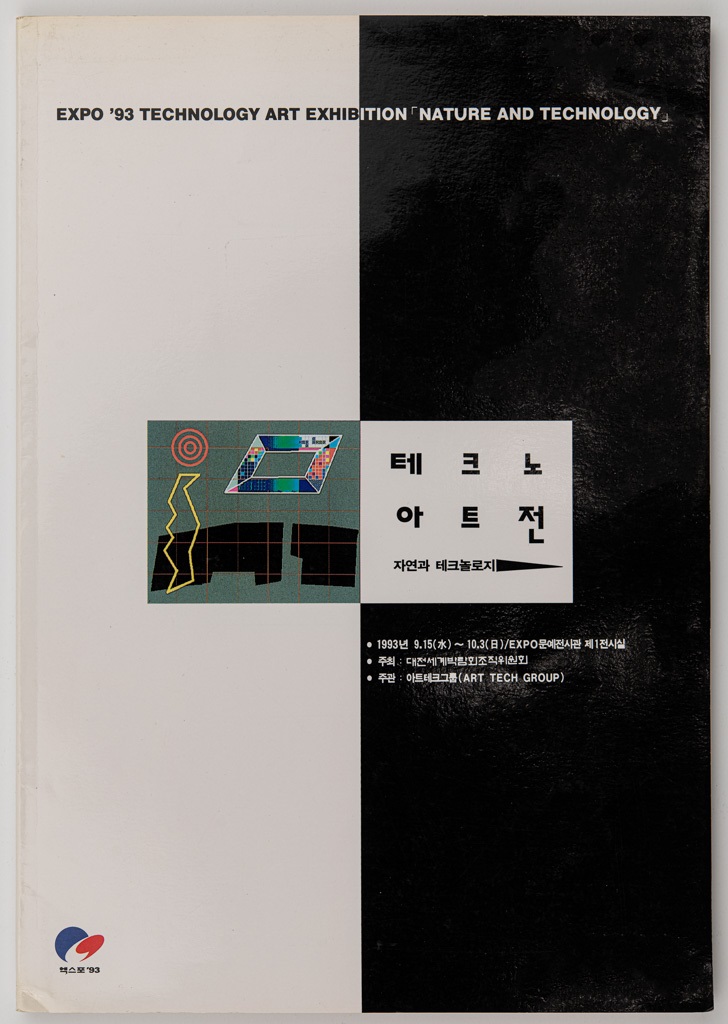
Daejeon Expo '93
Daejeon Expo ’93 was a world fair held for ninety-three days from August 7 through November 7 in 1993 at the Daedeok Science Town (now Daedeok Innopolis) in Daejeon Metropolitan City. The main theme of the expo was “Road to a New Leap Forward,” and its subthemes were “Harmony between Traditional Technology and Modern Science” and “Effective Utilization and Recycle of Resources.” Its official insignia consulted the taegeuk (supreme ultimate) symbol, and a baby space goblin named kkumdori based on designs of a goblin and an alien was chosen as the mascot. The Tower of Great Light (Hanbit Tower) symbolizing the science city Daejeon was erected in the Daejeon Expo Science Park. The exhibition halls were divided into a permanent exhibition zone and an international exhibition zone, and 105 exhibition halls were installed, including the Information and Communication Center, Space Exploration Center, Recycling Model Center, Resource Utilization Center, Technopia Center, and Kkumdori Garden. In particular, the Recycling Model Center presented a special art exhibition on recycling and a video art show under the theme of “Circulation and Creation.” According to official figures, 108 countries, thirty-three international organizations, and 200 domestic companies participated in the Daejeon Expo, and 14.5 million people visited it from home and abroad. The Daejeon Expo was significant in that it was the first edition held in a developing country in the history of expositions. It also received a review that with the participation of other developing countries in Latin America, the Middle East, and Africa, “it formed a new trend in expositions and brought these developing countries to the forefront of expositions as main agents.” Moreover, it was described as “the most remarkable information-oriented expo in the history of world fairs” and received positive reviews for “contributing significantly to the popularization of science technology.”






